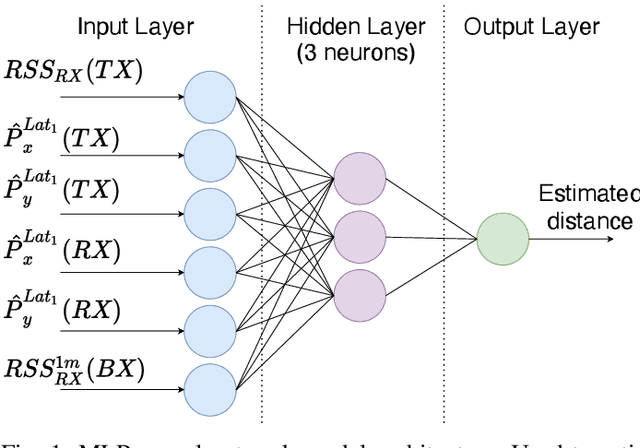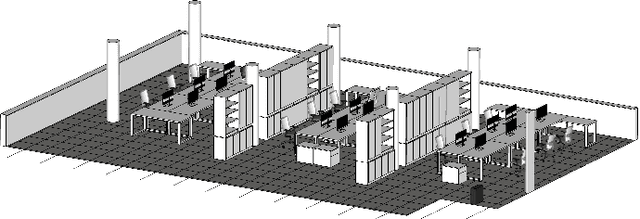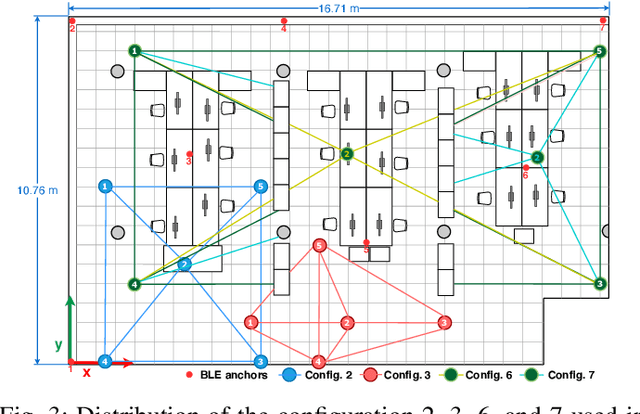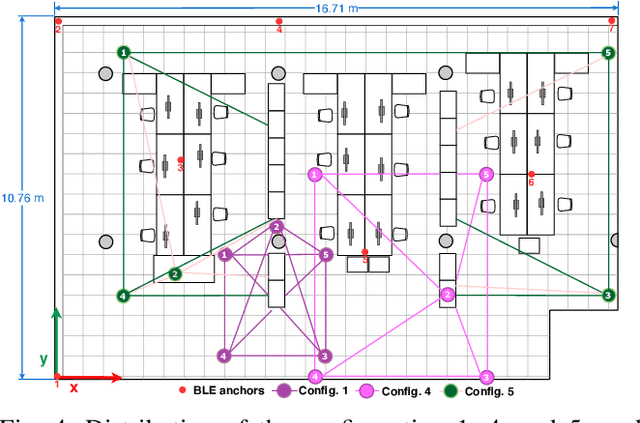A Collaborative Approach Using Neural Networks for BLE-RSS Lateration-Based Indoor Positioning
Paper and Code
May 21, 2022



In daily life, mobile and wearable devices with high computing power, together with anchors deployed in indoor environments, form a common solution for the increasing demands for indoor location-based services. Within the technologies and methods currently in use for indoor localization, the approaches that rely on Bluetooth Low Energy (BLE) anchors, Received Signal Strength (RSS), and lateration are among the most popular, mainly because of their cheap and easy deployment and accessible infrastructure by a variety of devices. Nevertheless, such BLE- and RSS-based indoor positioning systems are prone to inaccuracies, mostly due to signal fluctuations, poor quantity of anchors deployed in the environment, and/or inappropriate anchor distributions, as well as mobile device hardware variability. In this paper, we address these issues by using a collaborative indoor positioning approach, which exploits neighboring devices as additional anchors in an extended positioning network. The collaborating devices' information (i.e., estimated positions and BLE-RSS) is processed using a multilayer perceptron (MLP) neural network by taking into account the device specificity in order to estimate the relative distances. After this, the lateration is applied to collaboratively estimate the device position. Finally, the stand-alone and collaborative position estimates are combined, providing the final position estimate for each device. The experimental results demonstrate that the proposed collaborative approach outperforms the stand-alone lateration method in terms of positioning accuracy.
 Add to Chrome
Add to Chrome Add to Firefox
Add to Firefox Add to Edge
Add to Edge